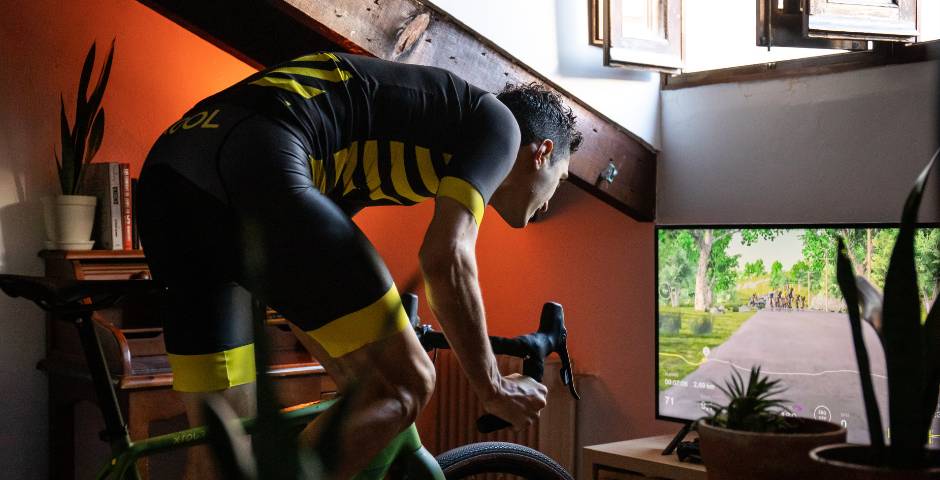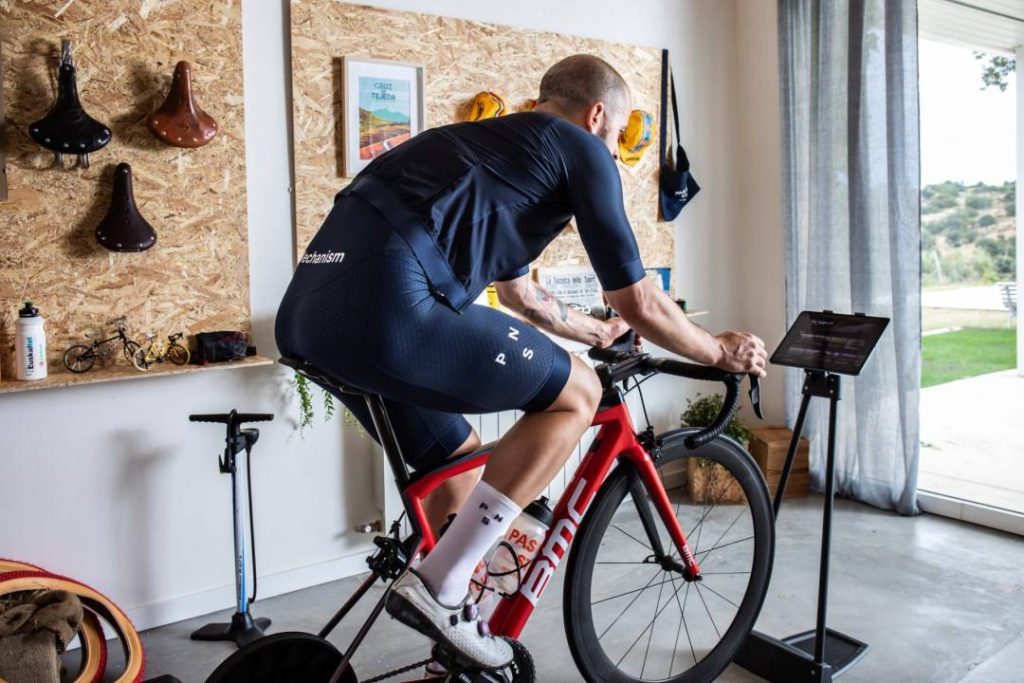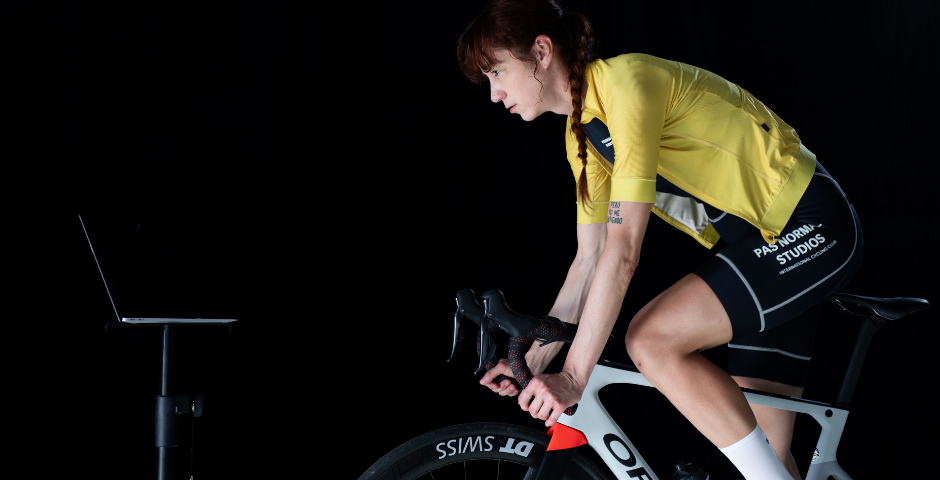Triathlon cycling training is a complex matter. Cycling itself is already a sport, but when it comes to the cycling segment of a triathlon, although the discipline has obvious similarities, the training routine is very different. How does training on the smart trainer change from cycling to triathlon?
Cycling training Vs. Triathlon cycling training
First of all, in order to determine the training for the cycling segment, it is essential to define the type of triathlon you want to do. Therefore, depending on the distances of the competition, the following triathlon cycling training guidelines are established:
- Sprint or less: 1-2 hours/week
- Classic distance: 2-3 hours/week
- Middle distance: 3-5 hours/week
- Ironman: 6-8 hours/week
In addition to the distance of the triathlon, the cycling technique of each individual must also be taken into account when establishing the training. It is not the same to have little experience as to be an athlete with an advanced technical level.
Triathlon cycling training: keys to designing your plan
Each athlete has certain characteristics, strengths and particular areas to train, so it is necessary to analyse what they are in order to start training them.
Element #1: Technical development
For most athletes it is easy to do more and more kilometres and more intervals, however, it is more complicated to carry out a correct process of technical development in cycling, and the cycling segment requires skills such as:
- Posture
- Cadence and development
- Climbing
- Descents
- Group technique in peloton
- Pedalling
- Use of cleats
- Use of gears
Therefore, training all these capacities within the framework of planning the triathlon season is decisive for the final result of a race.
Therefore, training on the smart trainer is key to practising these skills and improving them. The design of the workouts included in the BKOOL indoor cycling simulator allows you to work on climbs, descents and even group technique in a peloton with drafting.
Pedalling frequency and cadence are other aspects that can also be regulated and trained in BKOOL.
Element #2: Effort dosage
As we know, triathlon is an endurance sport, so one of the objectives of training is to delay the onset of fatigue. It is easy to focus on volumes and intensities when planning triathlon cycling training, but we must not forget the dosage of effort.
Knowing how to dose the effort in any of the segments is important to finish the competition and this requires self-control, concentration and personal knowledge. In cycling one long session and a couple of shorter interval sessions (1 – 1:30h) per week are recommended to gain more body experience and personal control.
Element #3: Tactics and strategy
Although triathlon is an individual sport that does not tend to be associated with the terms tactics and strategy, the reality is that smart decision-making based on these characteristics can be critical in a competition.
Defining yourself as a smart athlete in triathlon cycling training is important and this aspect can certainly be trained on the smart trainer as well. Developing the aforementioned skills is essential in order to be able to solve the problems that arise in each competition. In other words, the more training and experience you have, the better you will be able to cope with the events.
Conclusion
The volume of training in hours per week will depend on each individual (goal, previous experience, time available, type of test, etc.). Likewise, the design of the training is influenced by the structural level you are at.
BKOOL is the most complete cycling simulator on the market, try it FREE for 7 days!
 Go to BKOOL
Go to BKOOL





